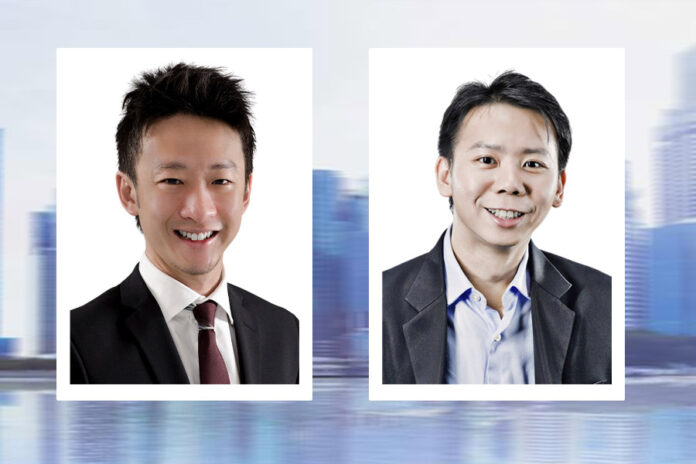
The new Governor of Bank Negera, Nor Shamsiah, has been quoted saying:
“We cannot allow another 1MDB event to recur. This 1MDB affair has put a spotlight not just on Malaysia but also on banks in a number of other countries. And that is why we have the Financial Action Task Force (FATF) recommendations.
“In countries that are assessed against that raft of recommendations, FATF wants to see the areas of improvement a country needs to undertake in order to strengthen controls against money laundering. You should read the report on Malaysia and the report of other countries. Most authorities have taken action against their regulatees.
“It was a useful exercise for us because we did recognise that while we have a good preventive framework, there are areas that we need to strengthen. These include controls and governance in the banks as well as the prosecution system in Malaysia that needs to target more high-risk crimes.”
Saturday, April 15, 2017
EPF's Melbourne project: RHB extended a loan for the benefit of its director Ong Leong Huat-Bank Negara ought not have approved this transaction, MACC cannot pretend this elephant does not matter
Tan Sri Ong’s other directorships in public companies include RHB Bank Berhad, OSK Holdings Berhad, PJ Development Holdings Berhad (Chairman), OSK Property Holdings Berhad, OSK Ventures International Berhad, KE-ZAN (Holdings) Berhad. He is also a trustee of OSK Foundation.
Wednesday, April 12, 2017
OSK's fast profit of AUD 40m will not turn into a long term gain for EPF:Sharil is not providing any guidance on potential returns from its Melbourne investment,instead promises all will be well......
Shahril: ‘We have a fair number of assets in Australia.’
Shahril of the EPF was quoted by The Star, justifying its recent investment in Melbourne:
OSK buys Melbourne property for AUD 145 Million, promises gardens in the sky,and gets EPF to pay AUD 154 Million for 49% in a market that is expected to collapse
That AUD 175 Million loan that the EPF has so generously taken out in favour of Ong Leong Huat and family , helping them finance the project which they still control (they own 51%) will lead to an immediate CASH outflow at the EPF in interest payments.
The income stream, can only be in dividends, which the 51% decides, and only if there is a profit. Keep in mind that those in charge of a project can get money out of it so many, many , may different ways ; management fees are just the start. And remember, the Ong's have already made AUD 40 million, or about RM 120 Million.
This statement is meant to fool contributors, and seems not very likely in the case of this project:
“For a fund like ourselves, given the long-term liabilities that we manage, the key focus for us over the past few years is to build a solid infrastructure and property assets, and in the property space we’ve very much focused on long-term assets with 10 to 20 years of yield.”
END



